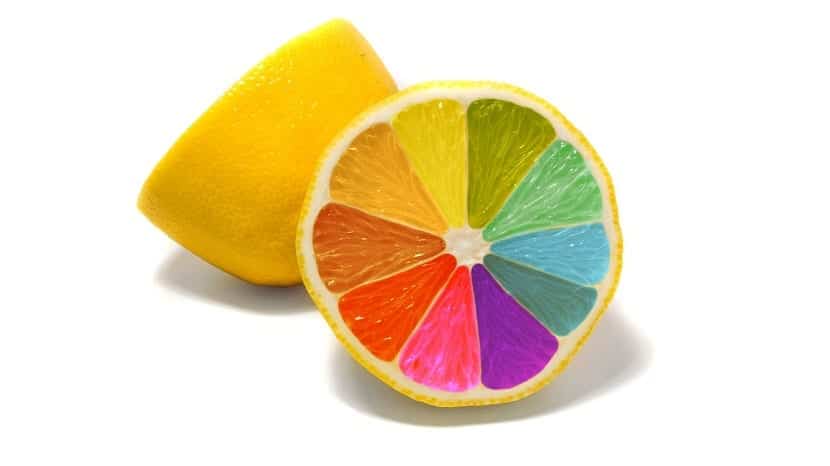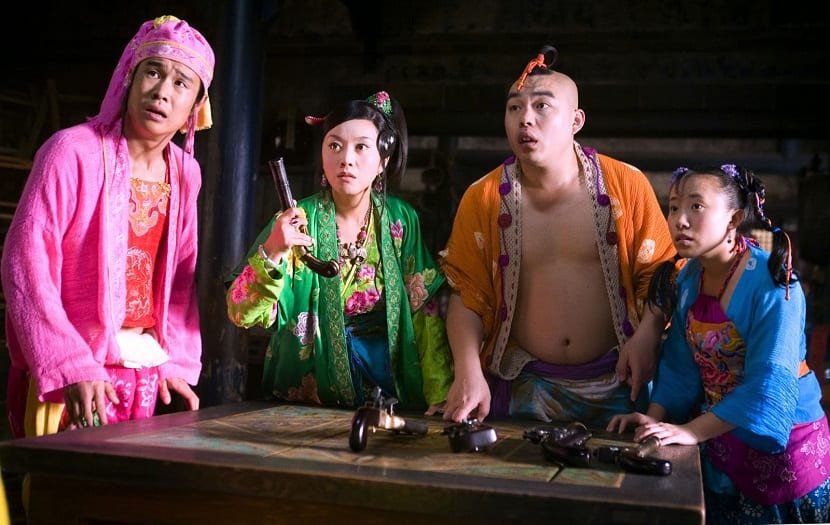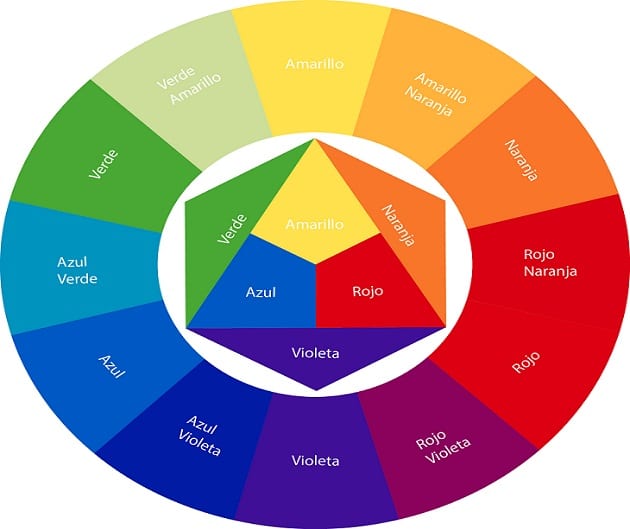
According to the history of cinema, the experience that has been gained in terms of entertainment on the big screen is a lot and that is the color provides a better adjustment to reality.
The world is in colors and a wider freedom for play of a creative nature, gives you the most makes the viewer feel happy and it should be remembered, since it seems relevant to also go back the movie, literally, since filmmakers of black and white cinemaHowever, they reached very high levels of photographic perfection, contrasts between light and shadows and a surprising professionalism in the use of lighting.
The color used in the cinema: Each one has a function

Color is an essential element for cinematographic language and it is that without color there is no cinema.
Color allows lighting and this creates shadows, wrinkles, rejuvenates or ages, creates psychological effects of the character, depending on where it is placed, the atmosphere of a film changes. In black and white cinema, some filmmakers like Eisenstein or Fritz Lang They managed to dominate the world of color and shadows, giving the shadow a protagonist character, masterfully using the backlight, the smoke from bonfires and cigars.
Fog and other effects were made for aesthetic purposes, to emphasize light and not just to create atmospheres and environments.
The colors cálidos give impressionóproximity number and the cold ones from afar. The value of the intensity of the tone of each color also influences and is that the high, illuminated values suggest grandeur, distance, emptiness.
In contrast, low, dimly lit values suggest an approximation. On the other hand, illuminated and clear backgrounds intensify colors, give an atmosphere of joy and objects are more important as a whole. And finally, the dark backgrounds weaken the colors, sadden the objects that are blurred and lose importance in the whole.
Color serves to focus attention, promote rhythm in narration and montage, and express certain moments more strongly.
The types of colors and their combinations for different scenarios
Triadic color combinations
This combination is very common in the cinema, being a very striking cocktail that has contrast adding a third color that gives harmony.
Possessing great strength they are más used in pelísuperh asseséroes or animationón, in which vibrant colors stand out that attract attention and that does not go unnoticed. Some of those vibrant colors that are used are red, yellow, orange and green. The goal will always be that you can see them and that your character looks perfectly
Monochrome color scheme
This combination is used más good in specific scenes than in the whole of a film, since it consists of giving the same tonality to the whole scene, to represent a specific feeling. The main idea is that you do not divert your attention too much from the scene to concentrate on what stands out the most and that is that the idea is that you do not explore much around you since everything looks similar
Analog color combination

The sensation that is sought is the full identification of the scene, with the protagonist and the spectator.
For clearer words, when the main actor is injured, the colors that highlight the tragedy, for example, are mixed in such a way that everything looks more subdued, sad and muted. In addition to a main color, there are two omás adjacent colors which has the same strength.
For this reason, there are movies that use it in very specific scenes to mean a change of expressionón and others that do it throughout the film and in case you can check this phenomenon, get yourself a little money and buy horror or animation films, these are the best for you to notice the chrom changesáticos.